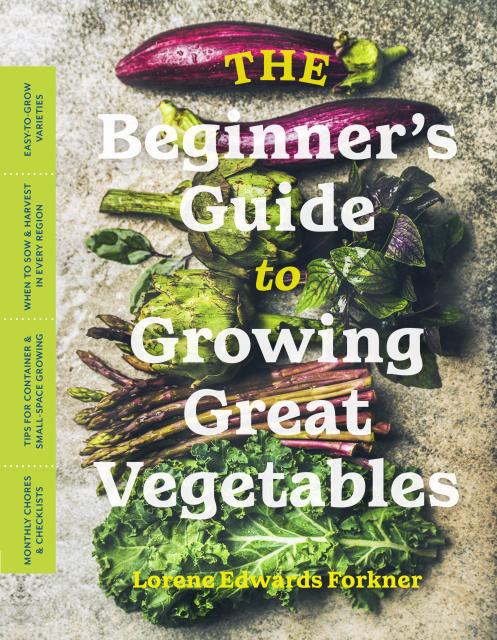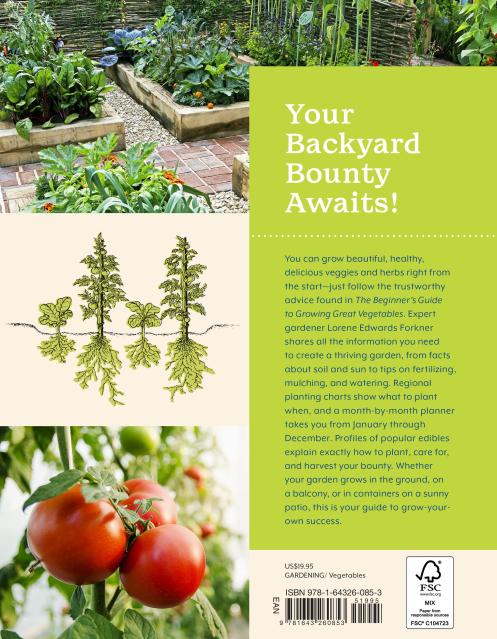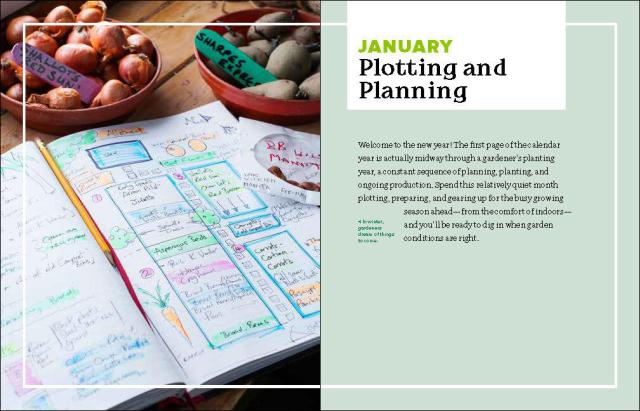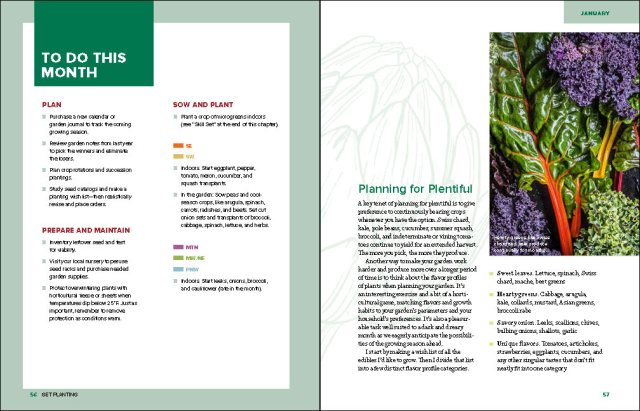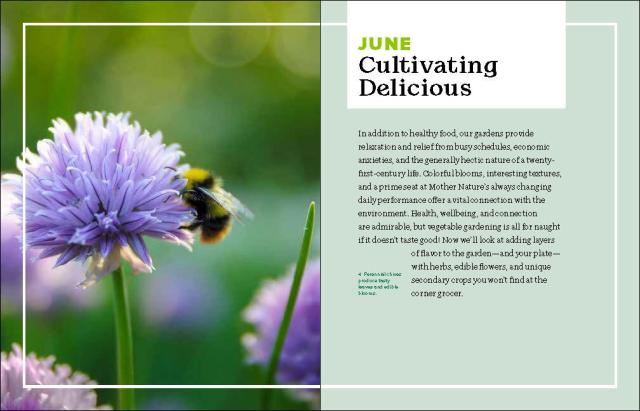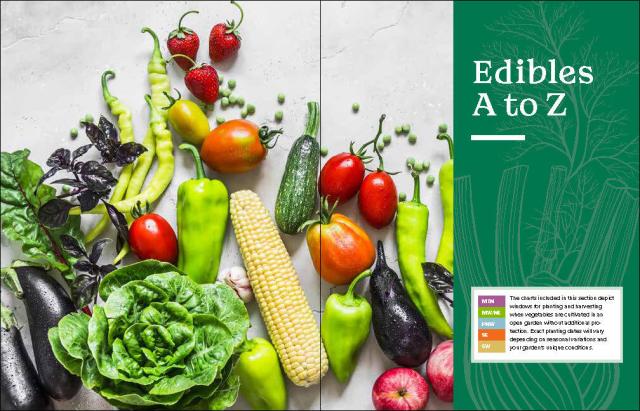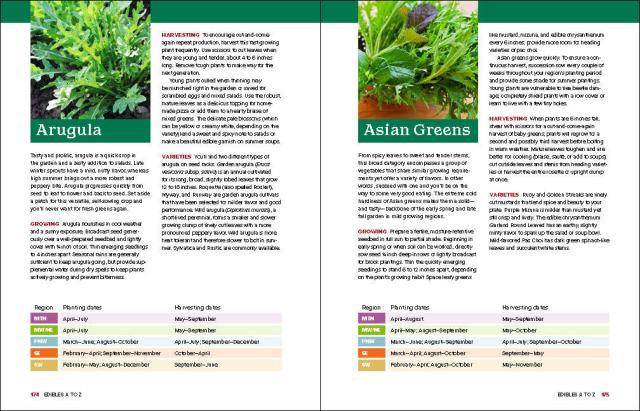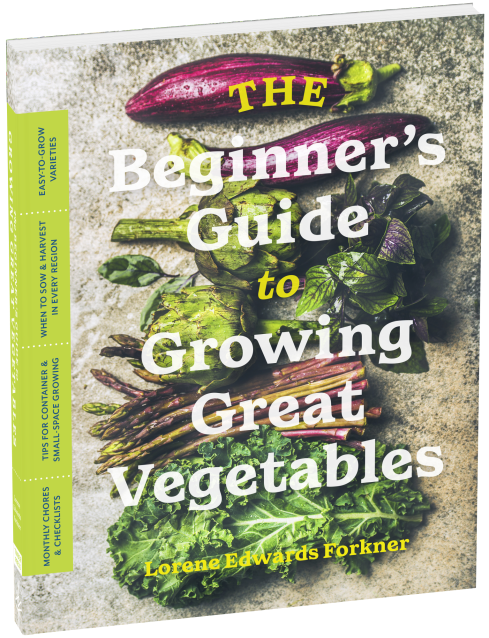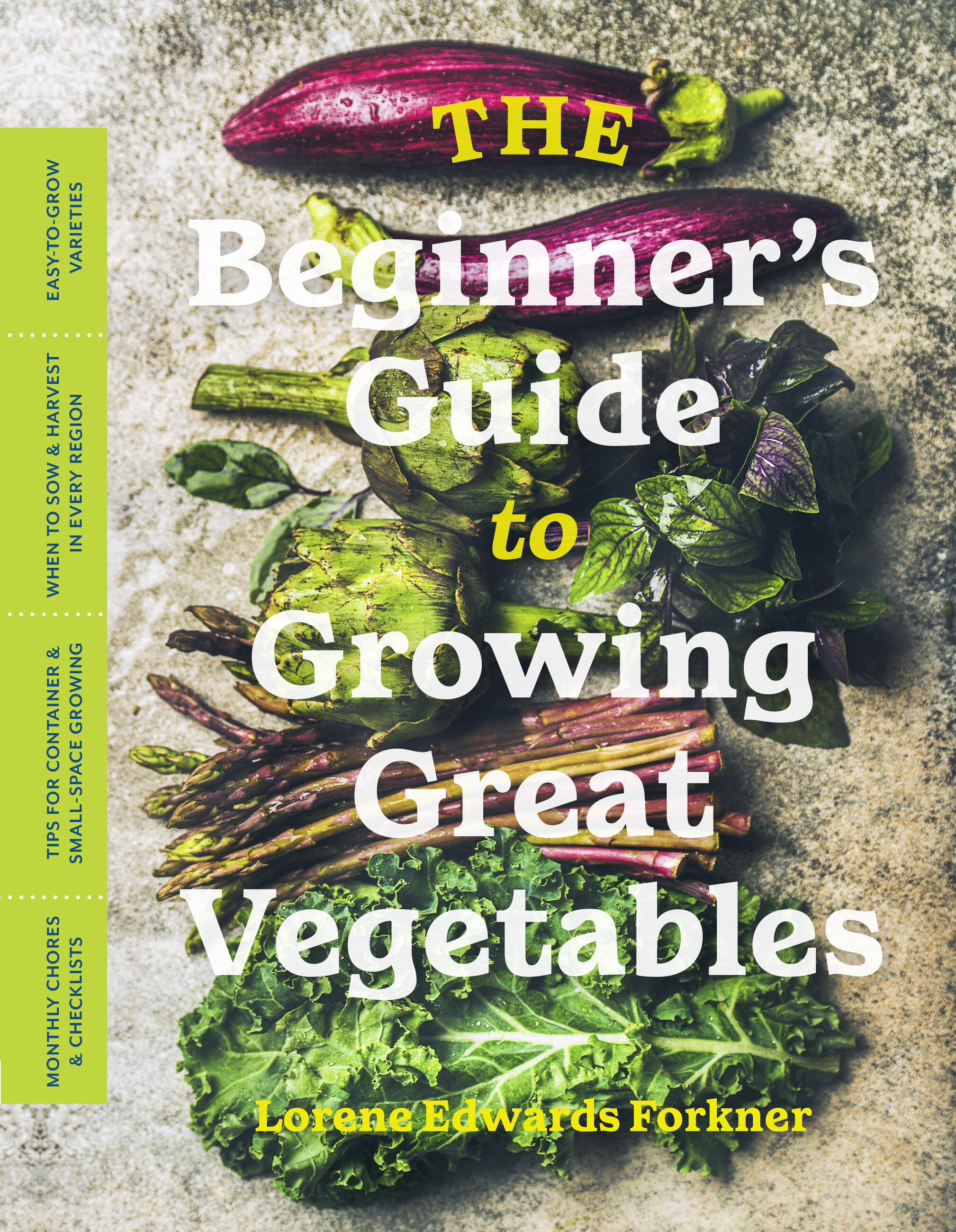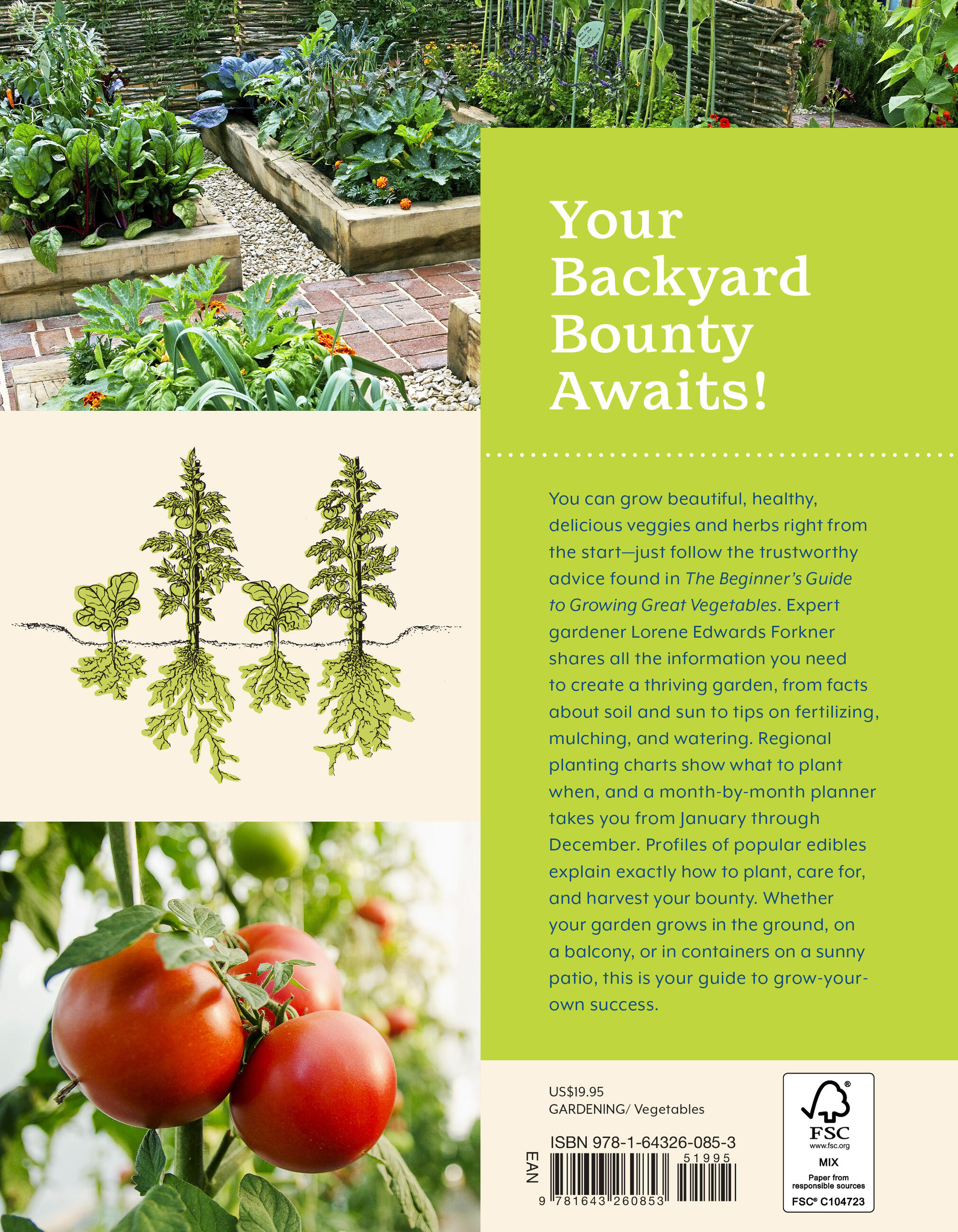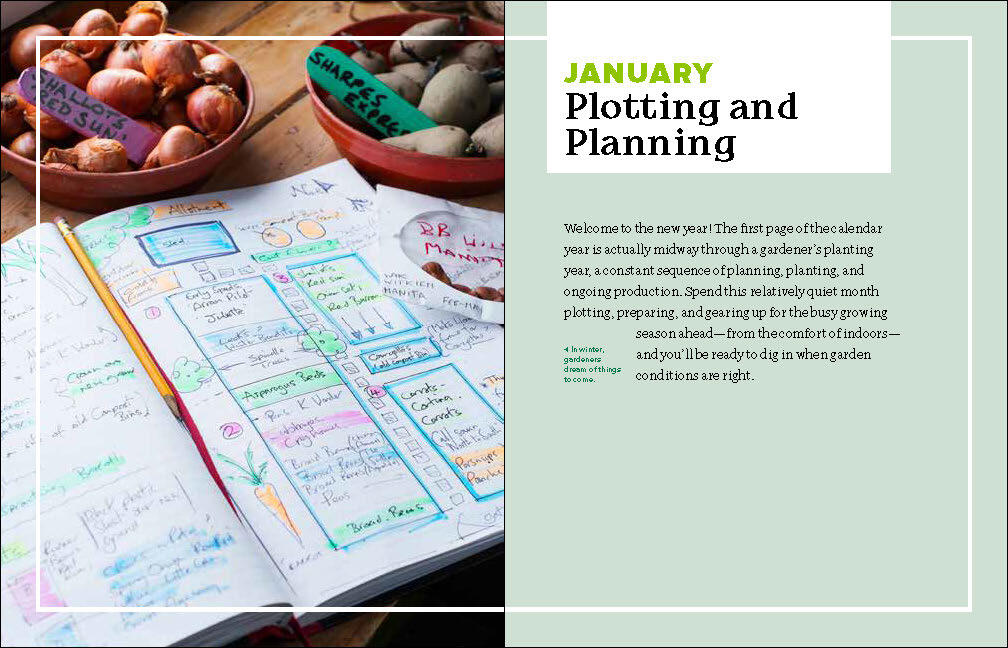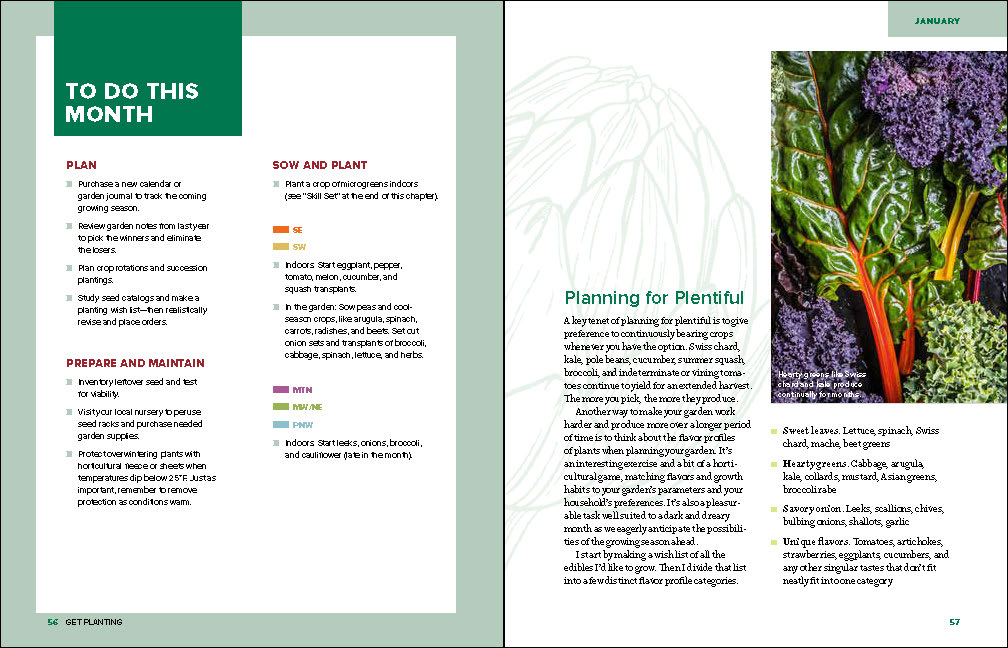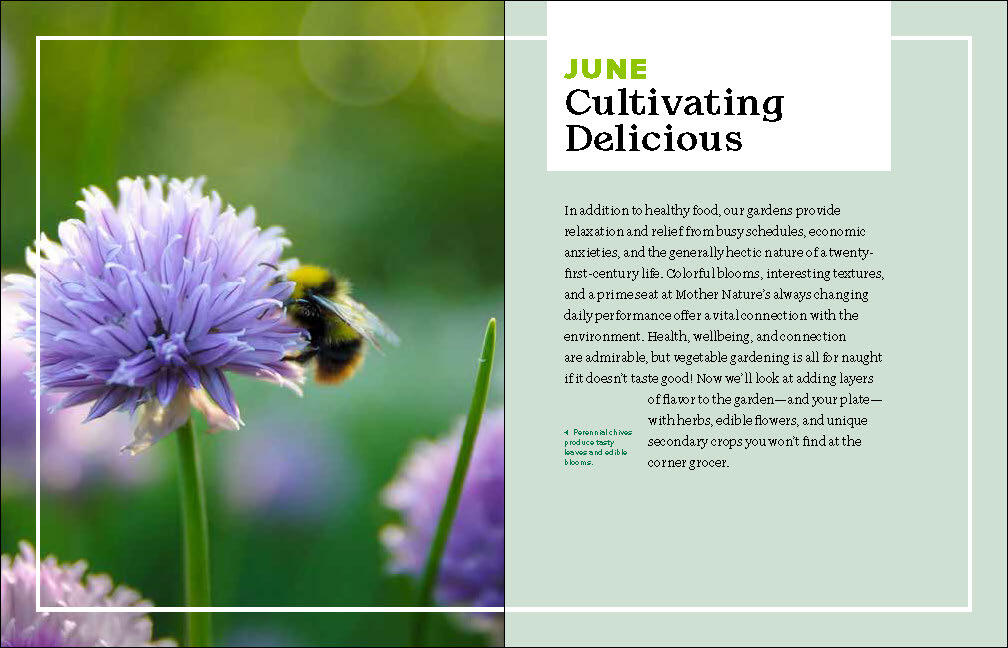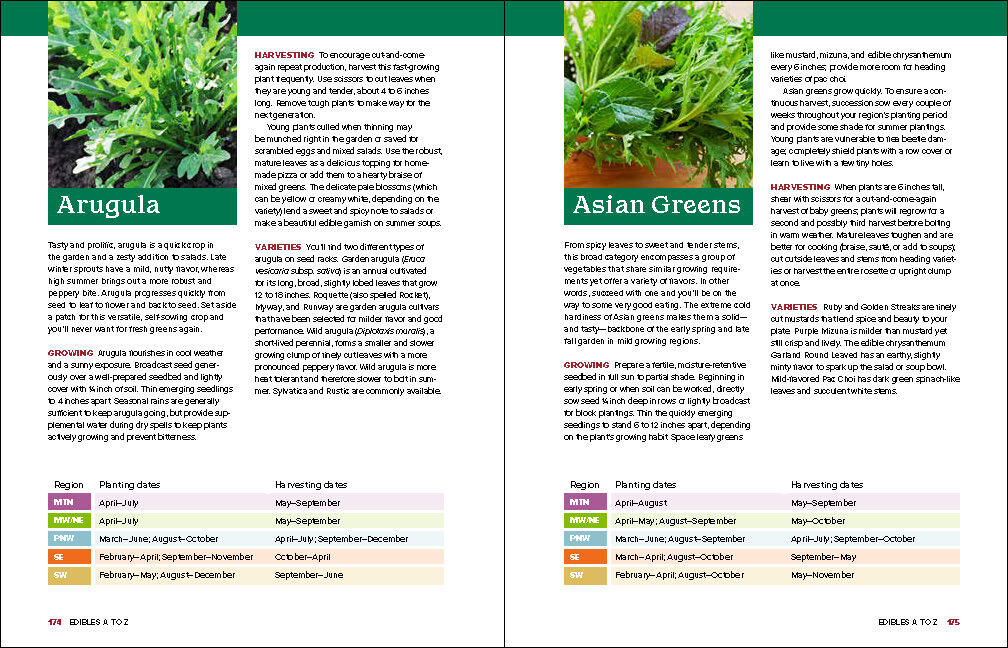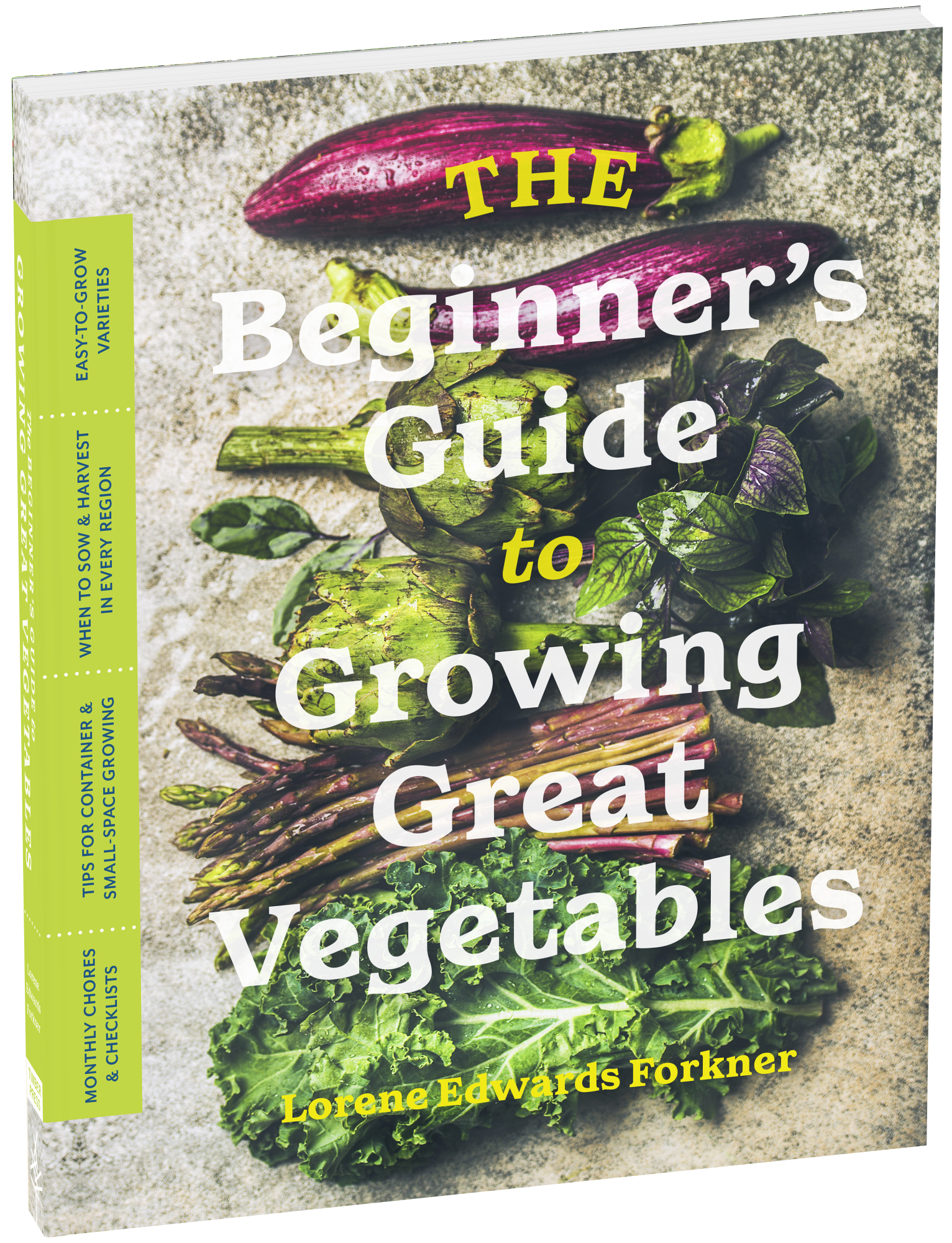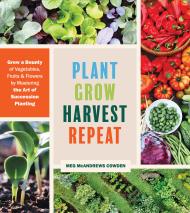Promotion
Use code MOM24 for 20% off site wide + free shipping over $45
The Beginner’s Guide to Growing Great Vegetables
Contributors
Formats and Prices
Price
$19.95Price
$24.95 CADFormat
Format:
- Trade Paperback $19.95 $24.95 CAD
- ebook $11.99 $15.99 CAD
This item is a preorder. Your payment method will be charged immediately, and the product is expected to ship on or around March 16, 2021. This date is subject to change due to shipping delays beyond our control.
Also available from:
“A comprehensive guide for growing vegetables and herbs filled with hands on advice and time-tested techniques.” —The American Gardener
You can grow beautiful, healthy, delicious veggies and herbs right from the start—just follow the trustworthy advice found in The Beginner’s Guide to Growing Great Vegetables. Expert gardener Lorene Edwards Forkner shares all the information you need to create a thriving garden, from facts about soil and sun to tips on fertilizing, mulching, and watering. Regional planting charts show what to plant when, and a month-by-month planner takes you from January through December. Profiles of popular edibles explain exactly how to plant, care for, and harvest your bounty. Whether your garden grows in the ground, on a balcony, or in containers on a sunny patio, this is your guide to grow-your-own success. Your backyard bounty awaits!
Genre:
-
“For new and novice gardeners who want a straightforward, unfussy guide to growing their own food.” —Library Journal
“Lorene Edwards Forkner offers a comprehensive guide for growing vegetables and herbs filled with hands on advice and time-tested techniques.” —The American Gardener
“A comprehensive guide to gardening that goes well beyond being appropriate for just beginners… a refreshing overview with an emphasis on nurturing vegetables and herbs in the ground or in containers.” —The Oregonian
- On Sale
- Mar 16, 2021
- Page Count
- 224 pages
- Publisher
- Timber Press
- ISBN-13
- 9781643260853
Newsletter Signup
By clicking ‘Sign Up,’ I acknowledge that I have read and agree to Hachette Book Group’s Privacy Policy and Terms of Use
